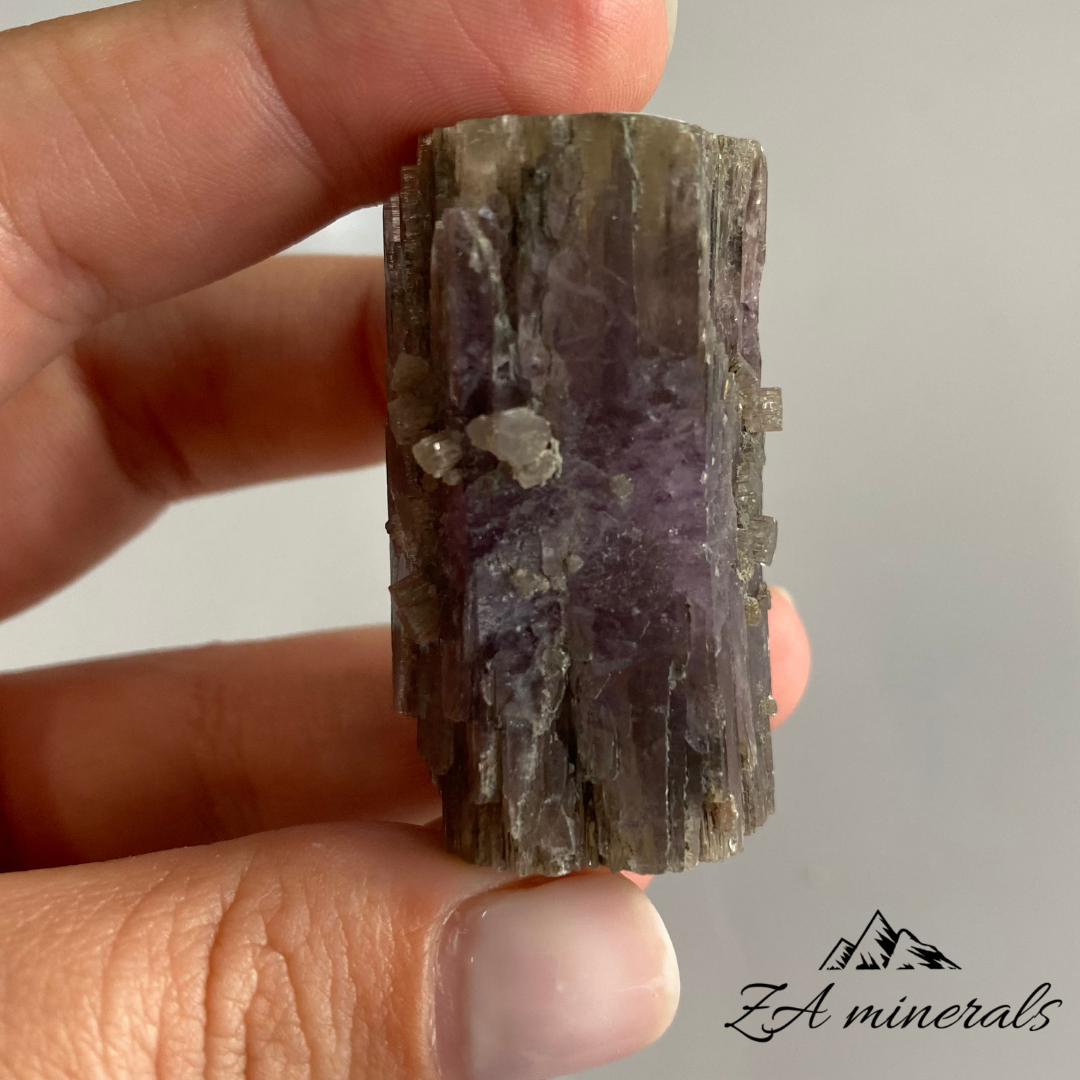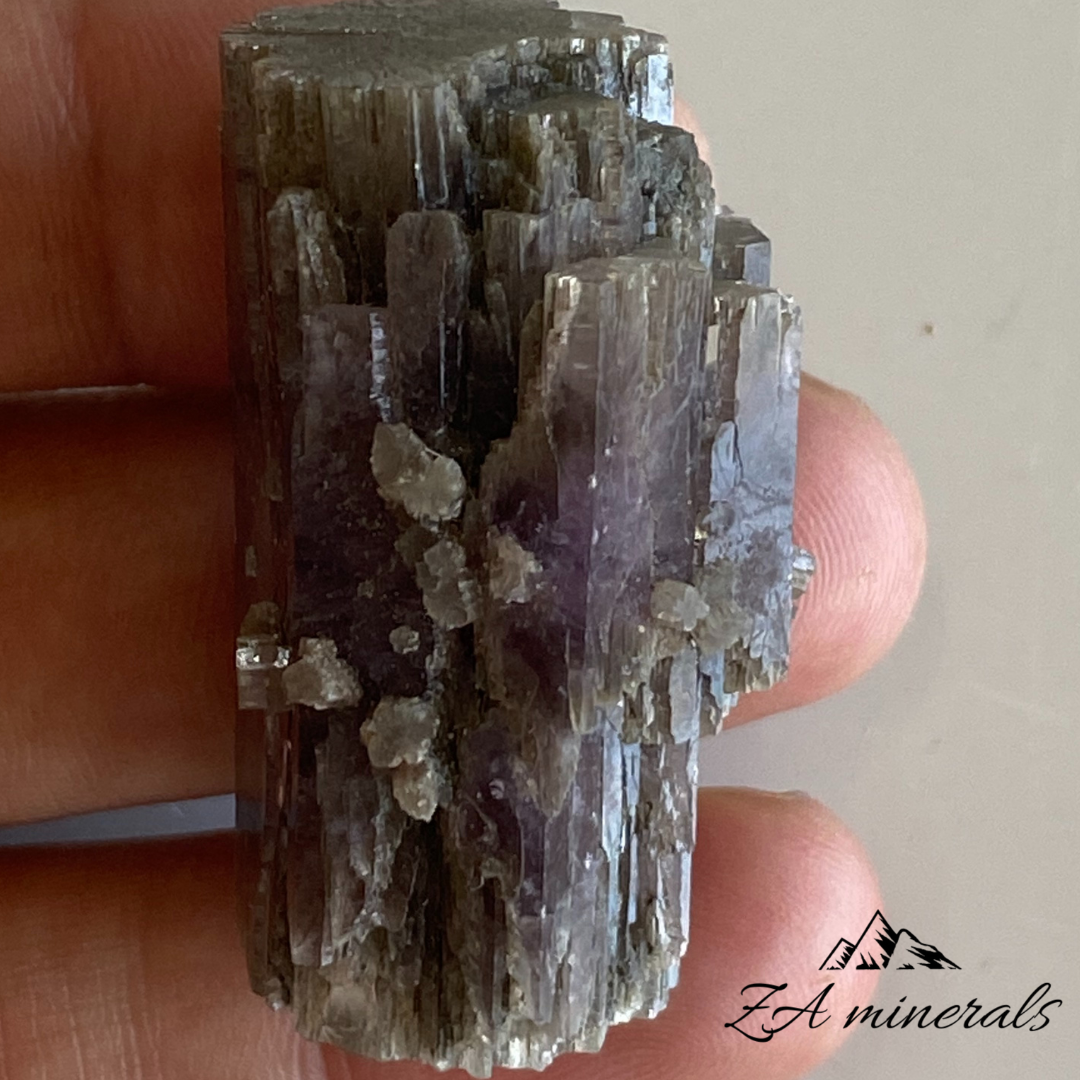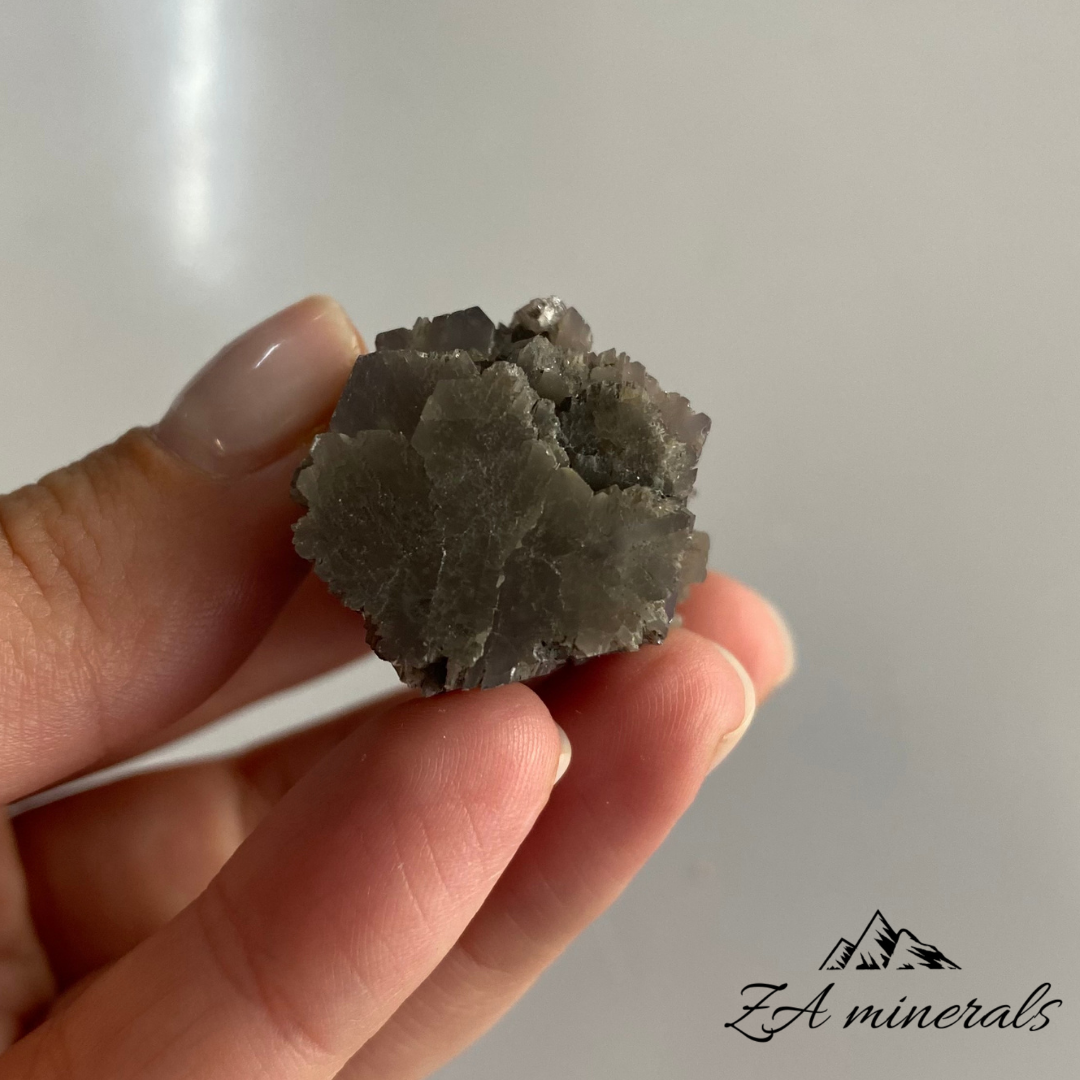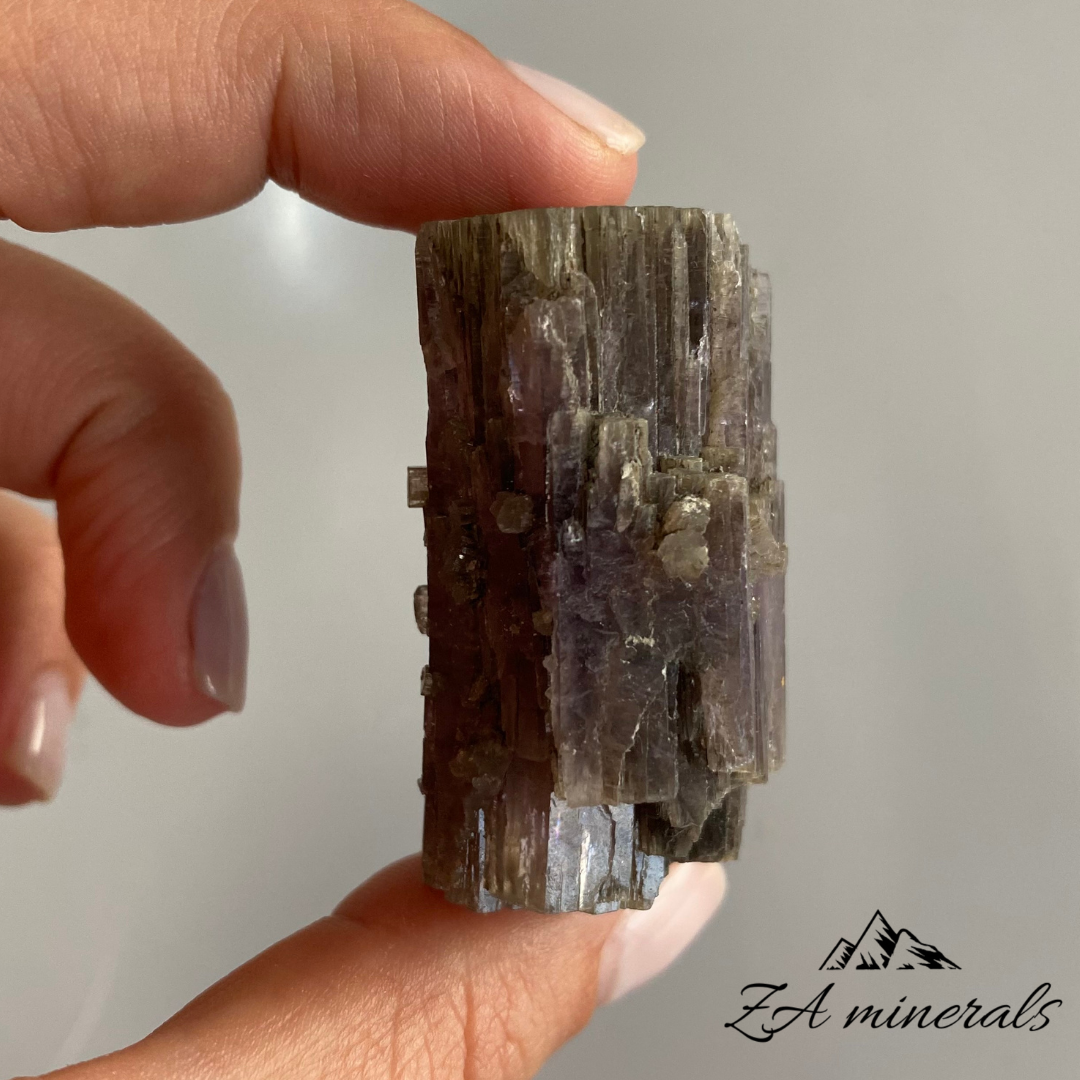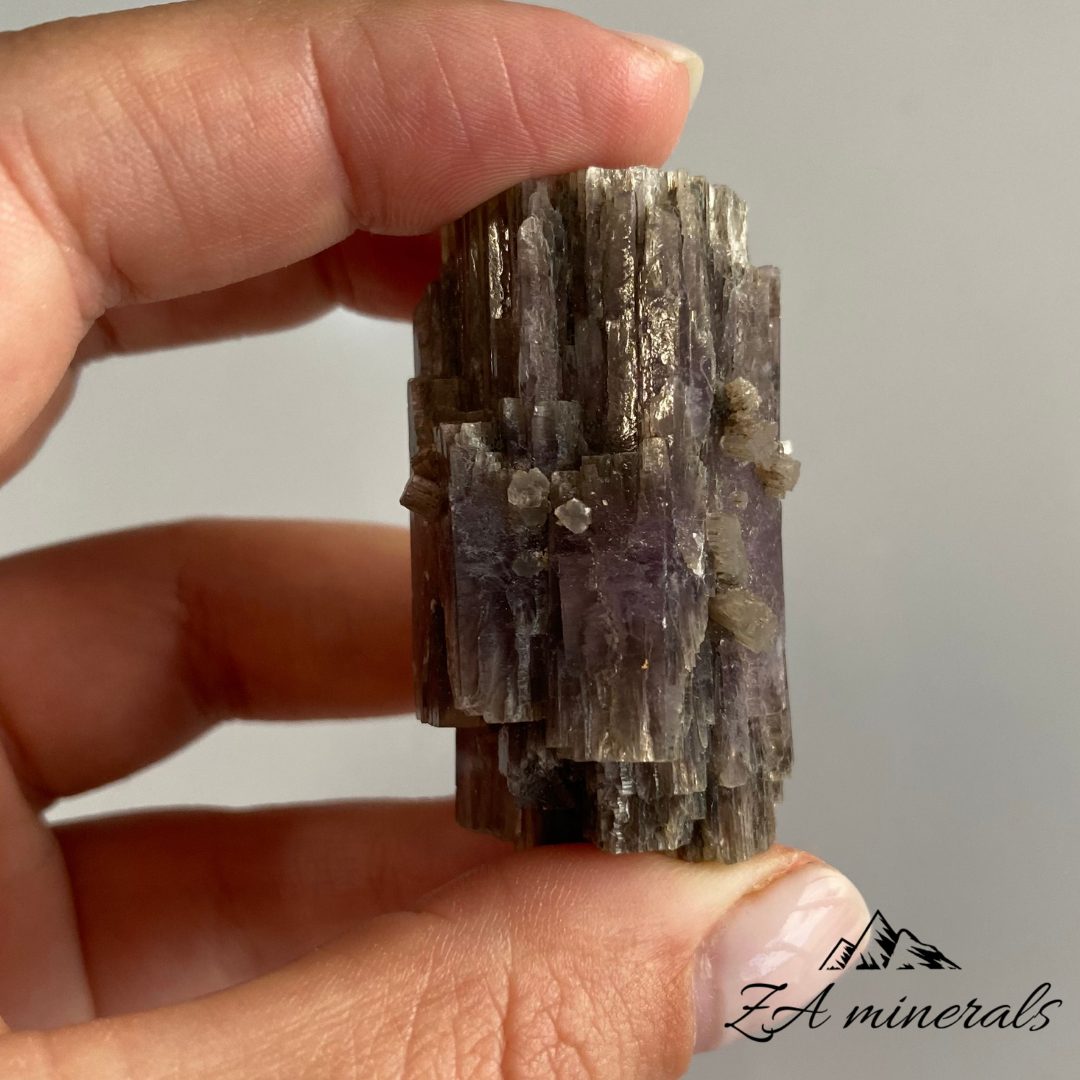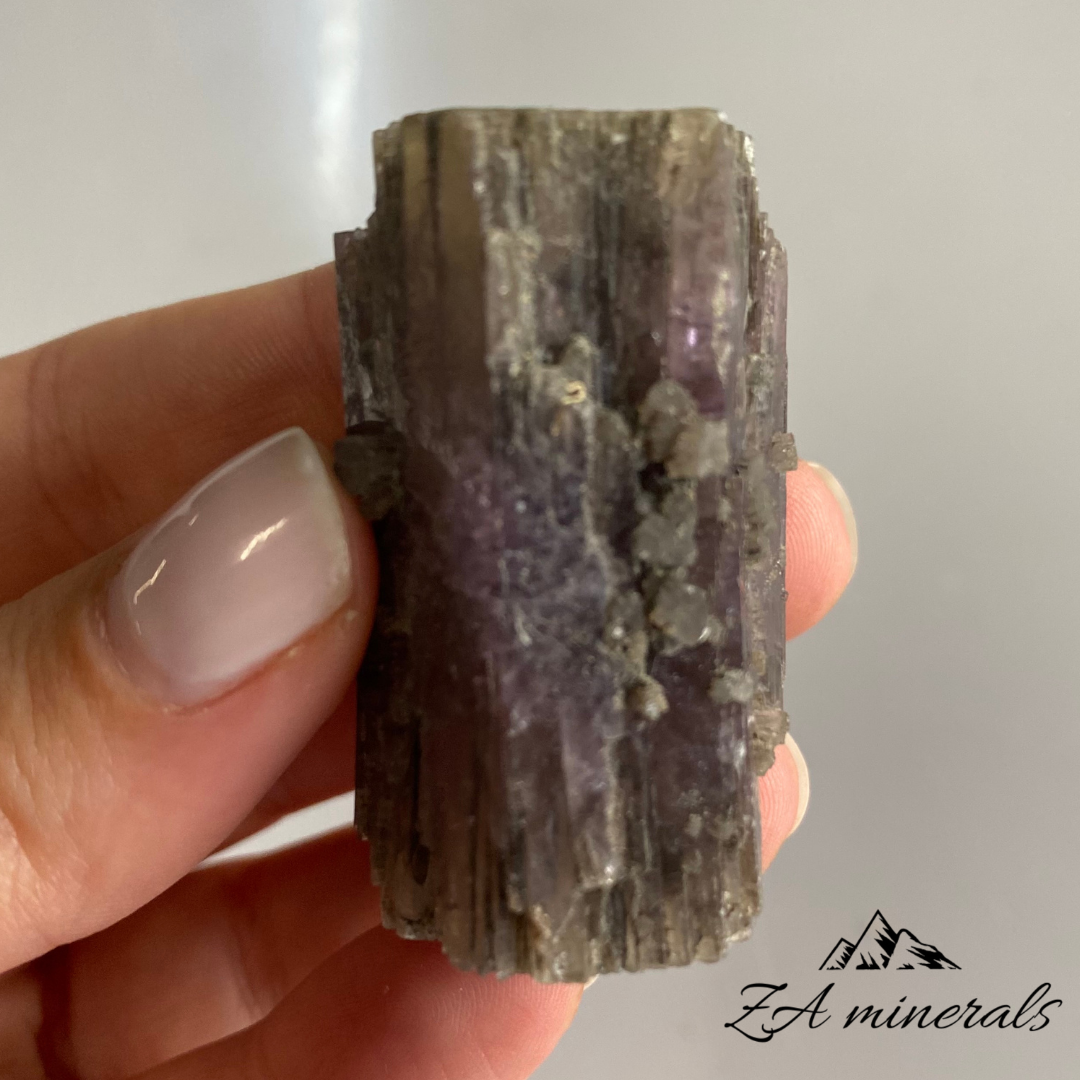NaN
/
van
-Infinity
Purple Aragonite 0.043kg IR12
Purple Aragonite 0.043kg IR12
Normale prijs
$12.00 USD
Normale prijs
Aanbiedingsprijs
$12.00 USD
Eenheidsprijs
/
per
Afhaling is beschikbaar bij Rock On
Meestal klaar binnen 2-4 dagen
Purple Aragonite
Camporrobles, Valencia, Spain
43 mm x 24 mm x 23 mm, 43 grams
Purple Aragonite also commonly known as Lavender Aragonite.
Purple Aragonite is believed to bring grounding during spiritual practice & peace.
-Paula
Geological Terminology:
- Vitreous, translucent to sub-opaque, elongated prismatic crystal.
- Subtle purple color to the aragonite crystal.
- Three (3) Aragonite crystals have intergrown.
- Growth patterning on the crystal surface.
Mindat info:
Formula:
CaCO3
Colour:
Colorless to white or grey, often stained various hues by impurities, such as blue, green, red or violet; colourless in transmitted light.
Lustre:
Vitreous, Resinous
Hardness:
3½ - 4
Specific Gravity:
2.947
Crystal System:
Orthorhombic
Member of:
Name:
Named in 1797 by Abrahan Gottlob Werner for the type locality, the village of Molina de Aragón, Spain, and not the province of Aragón, a mistake made by several later writers.
Polymorph of:
Aragonite Group.
The Ca analogue of strontianite.
The principal member of the Aragonite Group, aragonite is the second most common polymorph of natural calcium carbonate (the most common is calcite). It is significantly less widespread and abundant than calcite and is formed under a much narrower range of physiochemical conditions. It is metastable relative to calcite and often converts to calcite accompanying changes in the environment. It is nearly always a low-temperature, near surface mineral.
Aquilano et al. (2023) suggest a re-examination of the polymorphic calcite-aragonite system due to (overlooked) homo-epitaxy.
The Ca analogue of strontianite.
The principal member of the Aragonite Group, aragonite is the second most common polymorph of natural calcium carbonate (the most common is calcite). It is significantly less widespread and abundant than calcite and is formed under a much narrower range of physiochemical conditions. It is metastable relative to calcite and often converts to calcite accompanying changes in the environment. It is nearly always a low-temperature, near surface mineral.
Aquilano et al. (2023) suggest a re-examination of the polymorphic calcite-aragonite system due to (overlooked) homo-epitaxy.
----------------------------------------------------------------------------------------------
- In most cases, damage will be present from where the specimen was removed from its parent material.
- Sandy residue may be present.
- Minor scattered chips to the crystal edges and faces may be present.
- Any polished material will have minor surface scratches, natural fractures, and vugs.
- We use the International System of Units (SI), so please Convert your measurements.
- IMPORTANT- Please Read Shipping Policies BEFORE ordering.
- https://zaminerals.com/pages/shipping-policies
Shipping is included on orders of $500 or more.







